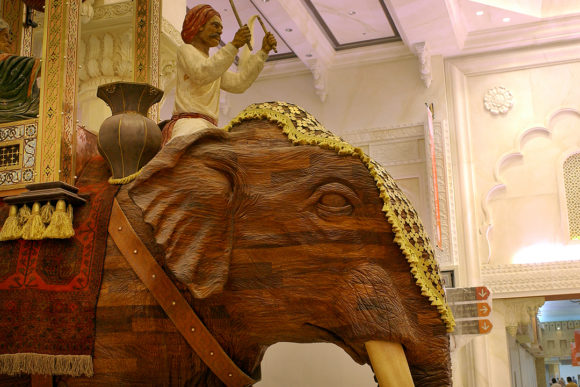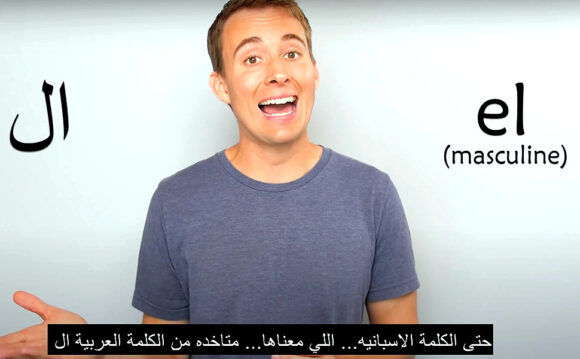In 1651, Joannes Baptista Riccioli, a Jesuit professor of astronomy and philosophy in Bologna, Italy, compiled a comprehensive work on astronomy, called Almagestum Novum, with a complete map of the Moon. He named the lunar formations after distinguished astronomers of the Middle Ages. Ten were given the names of Muslim astronomers and mathematicians...
Welcome to 1001 Inventions – an award-winning UK science and cultural heritage organisation, engaging over 450 million people around the world.
Feature Stories
Constellations
Muslims also devised star maps and astronomical tables, and both of these would be used in Europe and the Far East for centuries. Maps of the heavens also appeared in art, such as on the dome of a bathhouse at Qusayr ’Amra, a Jordanian palace built in the eighth century, which has a unique hemispherical celestial map.
Extraordinary Women from the Golden Age of Muslim Civilisation
Extraordinary women from different faiths and backgrounds worked alongside men in Muslim Civilisation to advance their societies. Those talented women are shining examples and role models of women who excelled in fields of poetry, literature, medicine, philosophy and mathematics. We pay tribute to some of those women on International Women’s Day (IWD2016).
Suleymaniye Mosque – Powerful Domes
New Building Methods that Exalted the Heavens: Sinan the Architect designed and built impressive schools, mosques, and public buildings, approaching his work with an eye for harmony between architecture and the landscape. His work appeared in Damascus, Mecca, Bosnia, and elsewhere, but perhaps his most impressive building is his last, the Selimiye Mosque in Edirne, Turkey.
Distillation in Muslim Civilisation
From rose water to hair dye, soap to paint, early chemists worked to create a panoply of useful substances. As early as the middle of the ninth century, experimenters in Muslim civilisation were aware of the processes of crystallisation, oxidation, evaporation, sublimation, and filtration. To make their experiments more accurate...
Keep your distance – health lessons from the history of pandemics
From a simple cold to a serious illness, humans have always lived with the risk of catching diseases from one another. Pandemics affecting millions are fortunately rare, but the bubonic plague of the 14th century and the 1918 influenza outbreak have left a dark shadow on history.
Ibn Sina’s ‘Canon’ book, a medical reference in Europe for 500 years!
Ibn Sina, or Avicenna, lived in Hamadan and Jurjan from 980 to 1037 CE, and acquired great fame in mediaeval European medicine. His encyclopaedic book Al Qanun Fi Al-Tibb (The Canon of Medicine) was translated into Latin at the end of the 12th century CE, and became a reference source for medical studies in the universities of Europe for 500 years!
Major Works on Nature and the Environment from a Thousand Years Ago
The World Environment Day, celebrated annually since 1972, has grown to become one of the main vehicles through which the United Nations stimulates worldwide awareness of the environment and encourages political attention and action.
Top 7 ingenious Clocks from Muslim Civilisation that defied the Middle Ages
TIME TELLING MACHINES: Revealing 7 marvellous mechanical and water-powered clocks from early Muslim Civilisation. These sophisticated devices that defied the Middle Ages.
The Art of More by Michael Brooks
How Mathematics Created Civilisation: Bestselling science writer Michael Brooks takes us on a fascinating journey through the history of civilisation, as he explains why maths is fundamental to our understanding of the world.
Arabic Astronomy Manuscript Resurrected
EuroNews.com: Images of the Fixed Stars: Ancient astronomy manuscript resurrected by Uzbek heritage initiative
Translation Movement
How translation of medical knowledge helped feed its development















